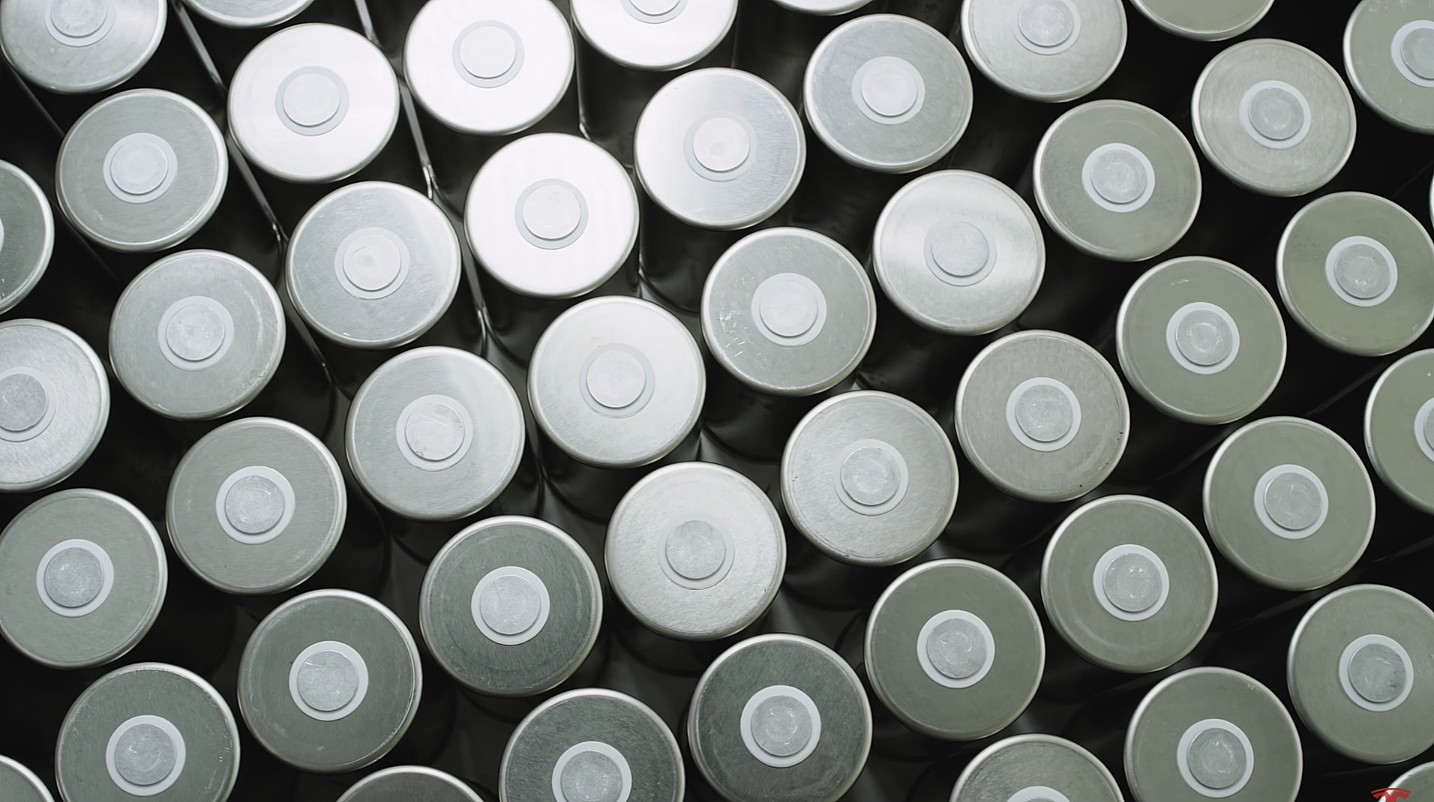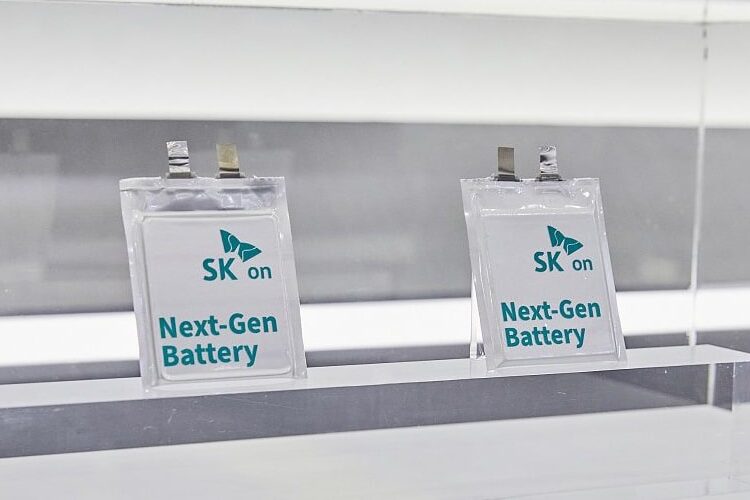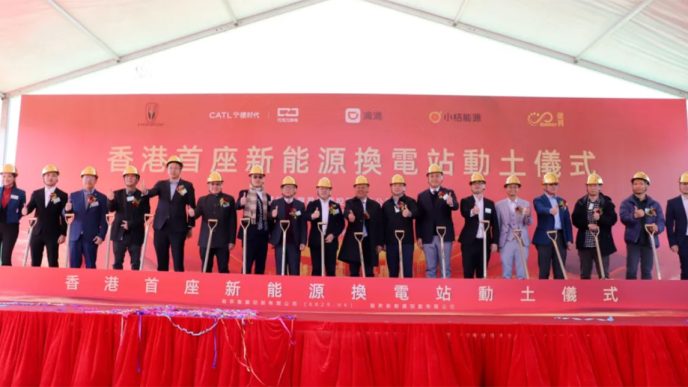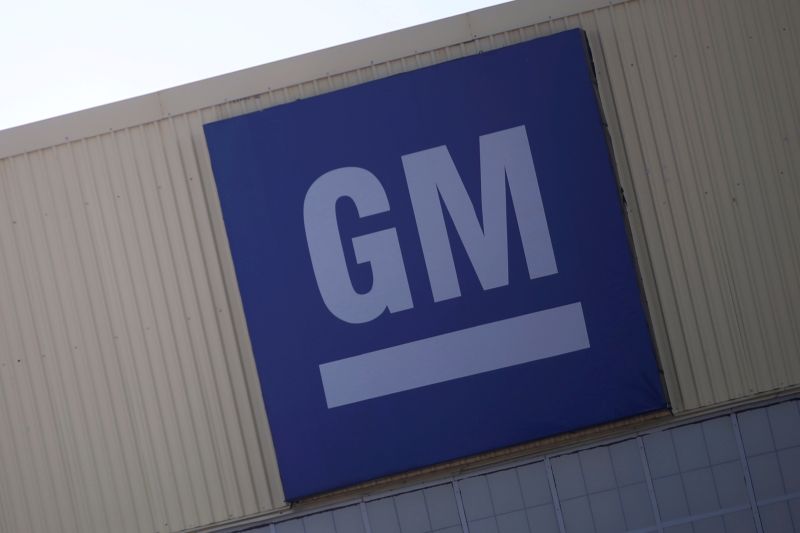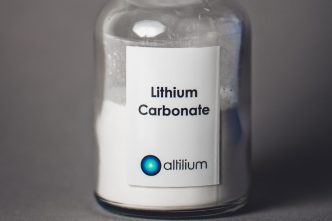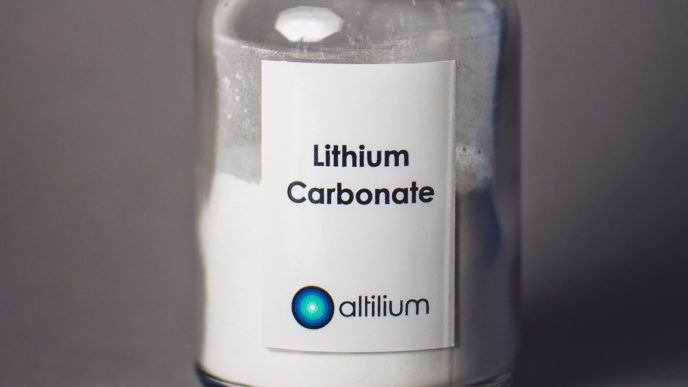Although battery raw material markets have been dominated by oversupply and low prices this year, significant deficits are expected over the next decade, according to Benchmark. The forecasted deficits for lithium and nickel are particularly stark, with the markets projected to face shortfalls of 572,000 tonnes and 839,000 tonnes, respectively, by 2034. These deficits are expected to be about seven times larger than the current surpluses for each material.
Benchmark’s analysis indicates that the investment required to meet battery demand in 2030 is estimated to reach $514 billion, with $220 billion needed for upstream projects. Among the materials, lithium and nickel will require the largest investments, with $66 billion allocated for nickel and $51 billion for lithium.
Benchmark notes that lithium will likely become the primary bottleneck for the growth of the battery industry. While more than one million tonnes of mined lithium is expected to be produced in 2024, demand in 2030 will require at least 2.7 million tonnes, largely driven by the expanding electric vehicle (EV) market. The growing need for resources comes as Western governments seek to reduce reliance on China, further driving up investment needs.
The situation is complicated by the time it takes to develop mines, which can range from five to 25 years, compared to less than five years for midstream and downstream facilities. As a result, while gigafactories require significant investment, upstream projects must be prioritized now to ensure a stable supply of raw materials for the battery industry in the future.


